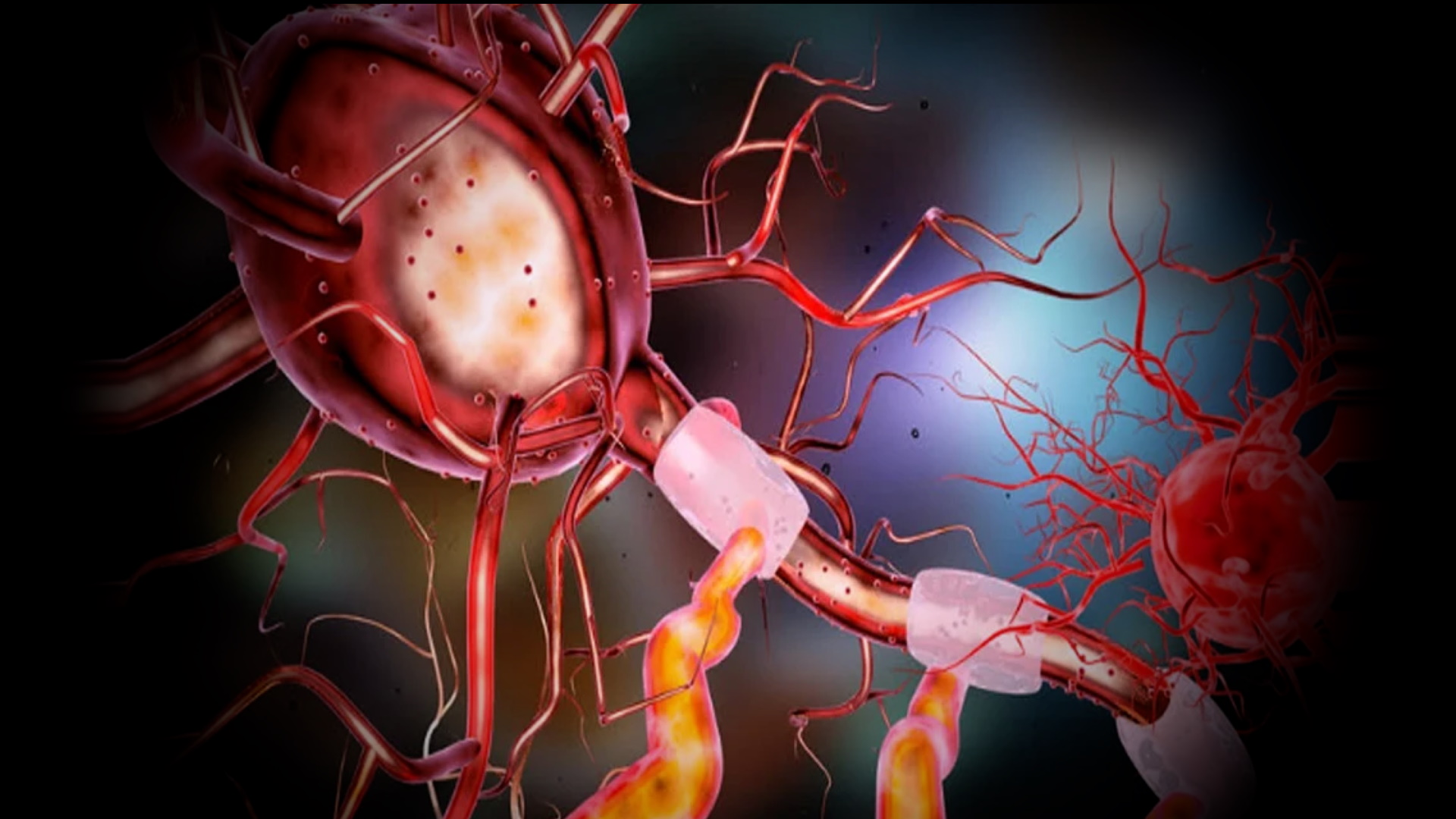
Dreading Those Dreadful DREADDS
by Joseph P. Farrell, Giza Death Star
October 1, 2020
Yes, you read the title of this blog correctly; we’re back to talking about DREADDS, an aptly chosen acronym meaning designer receptors exclusively activated by designer drugs. The receptors in view are neurons in the brain, and the whole idea is to use “chemogenetics” to help deliver drugs past the blood brain barrier. Sounds wonderful; it will improve health; it’s “for the children.”
And indeed, it may be wonderful and health-improving and even for the children. Except that “C.” spotted this article and passed it along (and our thanks for doing so!). In it, you’ll read the following things:
The phrase “mind-control drugs” probably conjures up some terrifying images, but in the case of chemogenetics, it could be cause for rejoicing. To study the brain in any useful level of detail requires precise targeting of neural circuits, no easy task in an organ that’s basically a thicket of long, interconnected cells—cells that send and receive a profusion of electrical and chemical signals.
The idea behind chemogenetics is simple: create a receptor that reacts only to a pharmacologically inert ligand, that doesn’t do anything in the body. Then, stick that receptor into the particular neurons you want to influence. Once the cells start expressing the receptor, inject the ligand to activate the neurons, or inhibit them, depending on your receptor, with no unintended effects in other cells. (Emphasis added)
There you have it, and have it pretty clearly stated, too. DREADDS are about “mind-control drugs” which has a genetic component – the design of the receptor – to which is added a drug which, due to the special genetic composition of the receptor, won’t affect the rest of the body.
But wait, there’s more, and I can imagine Baal and Malicious Fates rubbing their hands together, twirling their mustaches, and cackling with glee and a soft, icy voice like Peter Lorre:
These days, Dr. Roth and his team are working to develop new DREADDs, with an eye to multiplexing. “We’d like to be able, if they’re going to be used in humans, to have activating and inhibiting DREADDs in the same neuron,” Dr. Roth says. This could be a way to exert fine control over treatment of symptoms that vary throughout the day, or to manipulate multiple neuronal circuits simultaneously.
Chemogenetics isn’t the only way to target brain cells for activation: optogenetics allows researchers to activate or suppress neuron activity with pulses of light. The two technologies have different strengths, Dr. Roth points out, and many researchers use both.
“Optogenetics is very good if you want millisecond control,” he notes. Chemogenetics, on the other hand, is easier to use, and more practical for activating larger populations of neurons. Instead of implanting light fibers all over the brain, “you can put the drug in the drinking water,” Dr. Roth explains, and simultaneously activate all the cells containing your DREADD, wherever they are located. (Emphasis added)
Well, shucks. Why bother with old-fashioned syringes then?
Perhaps I should explain my previous remark, and in the process, offer today’s high octane speculation. You’ll note that the designer receptor is specifically designed for specific neural receptors. Presumably, that means also for a specific individual or at least, an individual or group with certain specific genetic traits. In turn, and extrapolating a bit on the development of this technology and projecting that it acquires great specificity, if one were to put DREADDs into the water supply, a specific designer drug would only affect those with a specific receptor type. So, pretending we’re Baal or Malicious Gates, cackling on our yacht and twirling our mustaches and dreaming of a global vaccine, we decide we don’t like the way green-eyed or red-headed people are behaving, and we want to turn them into “caring loving” sheeple devoid of independent thought and strong passions. So we design receptors accordingly, and slip a little mickey into the water supply (which implies, of course, that water becomes a commodity we can trade on the commodities market and make more money from. But that’s an entirely different story.).
Et voila, le probleme est resolu. (Pardon my lack of accents).
But of course, to do this, one would have to build a massive human DNA database and sneak our acquisition of their DNA under the cover of… oh, I don’t know… say a planscamdemic where we force everyone to get “tested” by ramming Q tips into their nasal cavity. And while we’re dropping mickeys into the water supply, we could also stir in a little nanotechnology to help out those receptors and designer drugs, and maybe design them so that they function much more efficiently, or are even activated by, a certain type of signal or electromagnetic field. So we could have DREADDS functioning in concert with EMADDS (electro-magnetically activated designer drugs) and (insert Emperor Palpatine voice or Peter Lorre voice here) “at last we shall have peace.”
Uh huh.
See you on the flip side…
Tidbit: Nanorobots and Nerve Cells
Apropos of today’s main blog, consider this article shared by A.S.:
cover image credit fanukhan986, pixabay

Truth Comes to Light highlights writers and video creators who ask the difficult questions while sharing their unique insights and visions.
Everything posted on this site is done in the spirit of conversation. Please do your own research and trust yourself when reading and giving consideration to anything that appears here or anywhere else.








